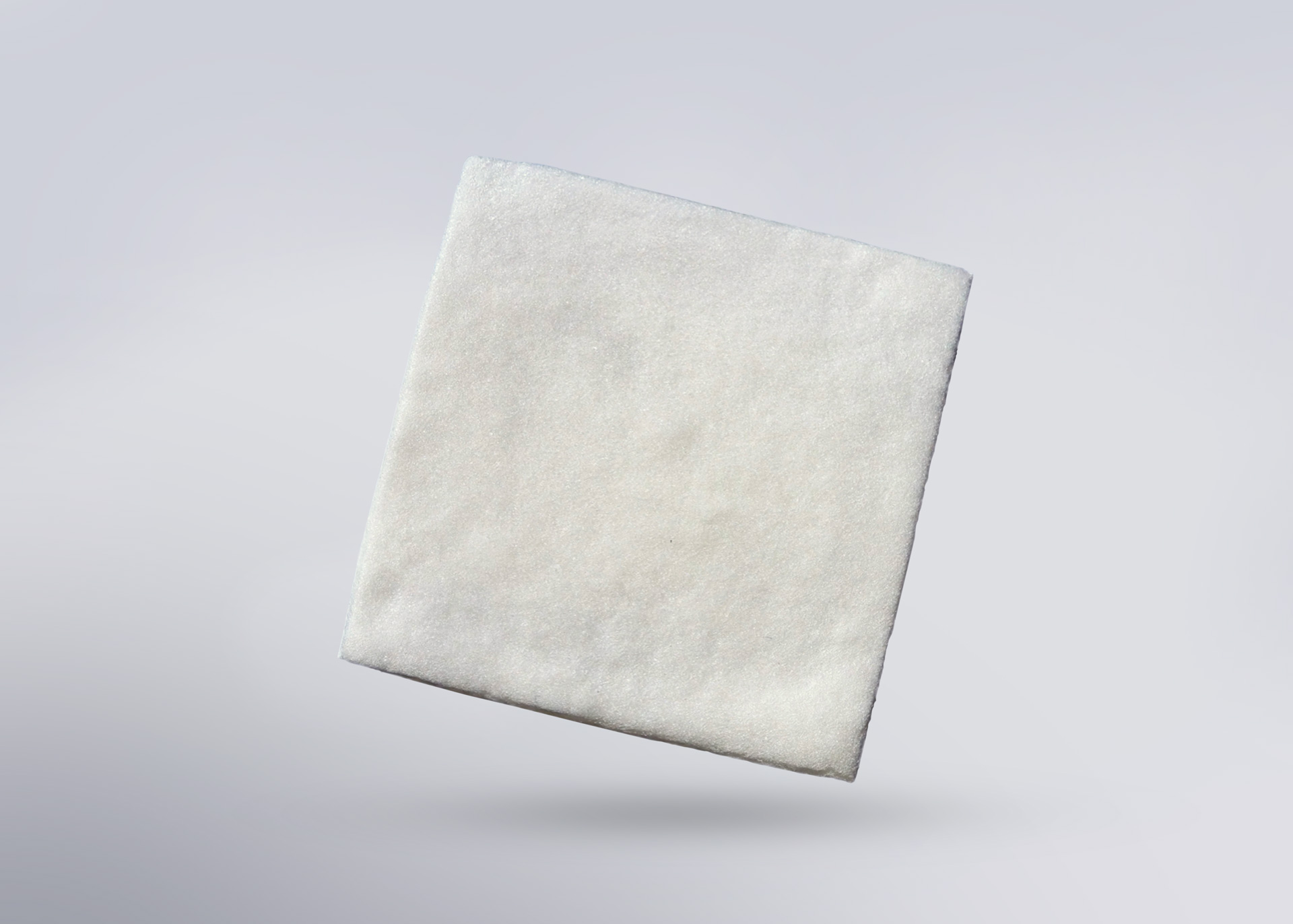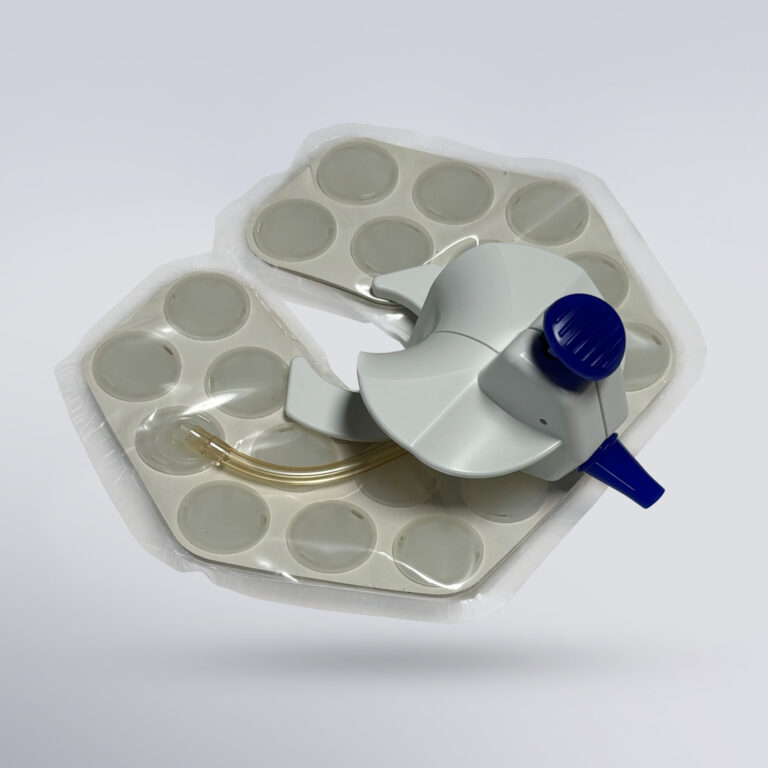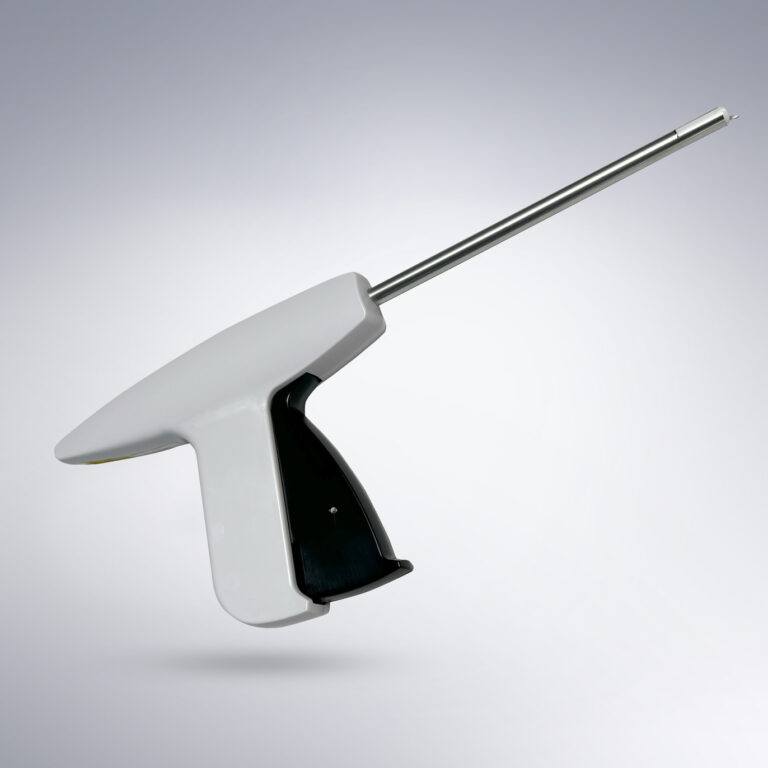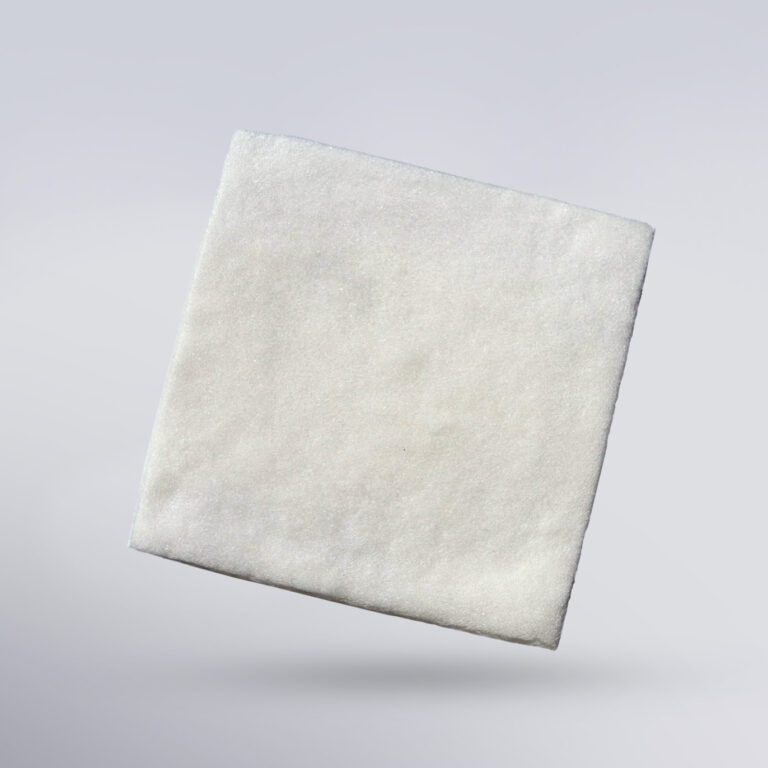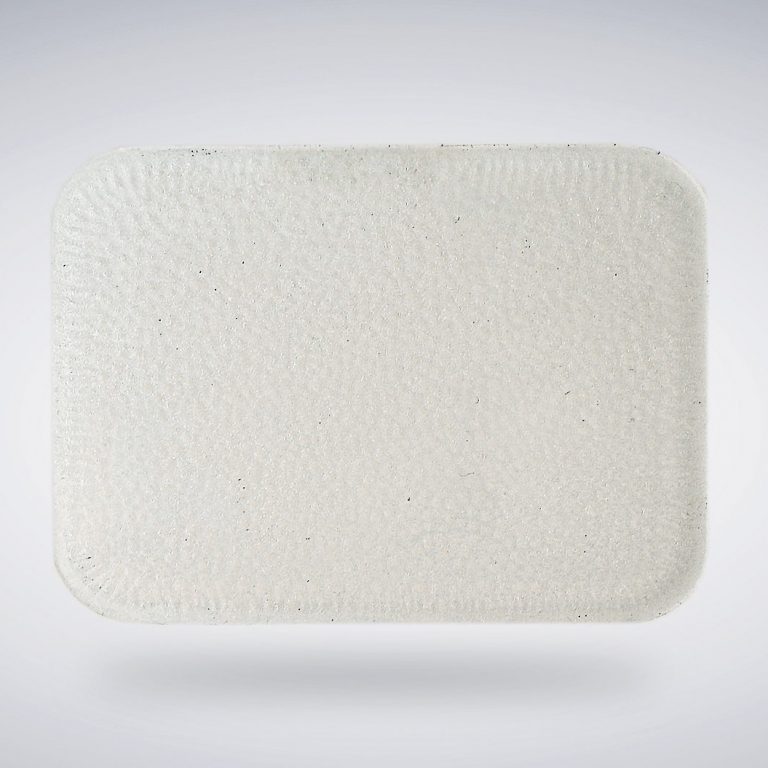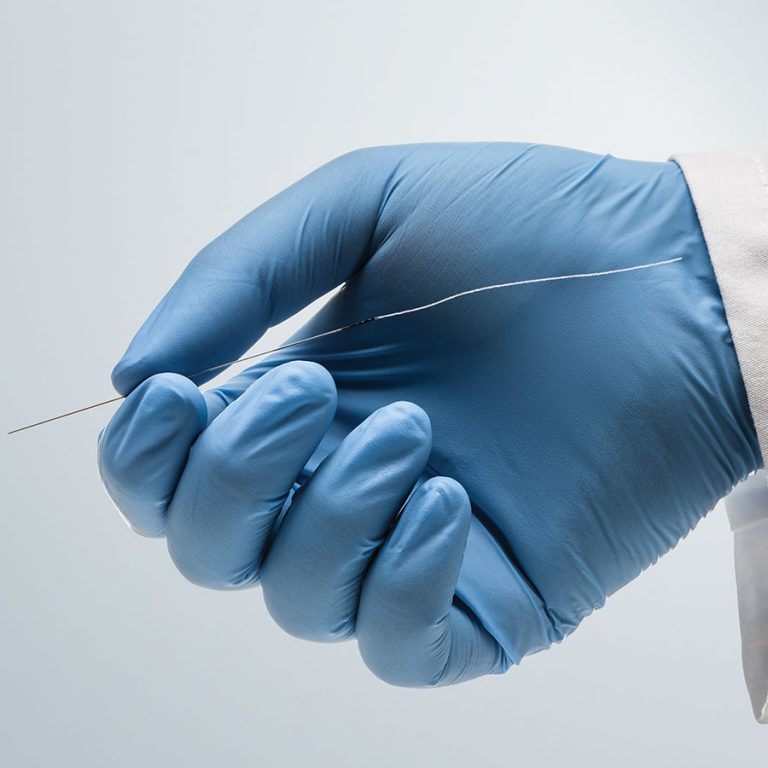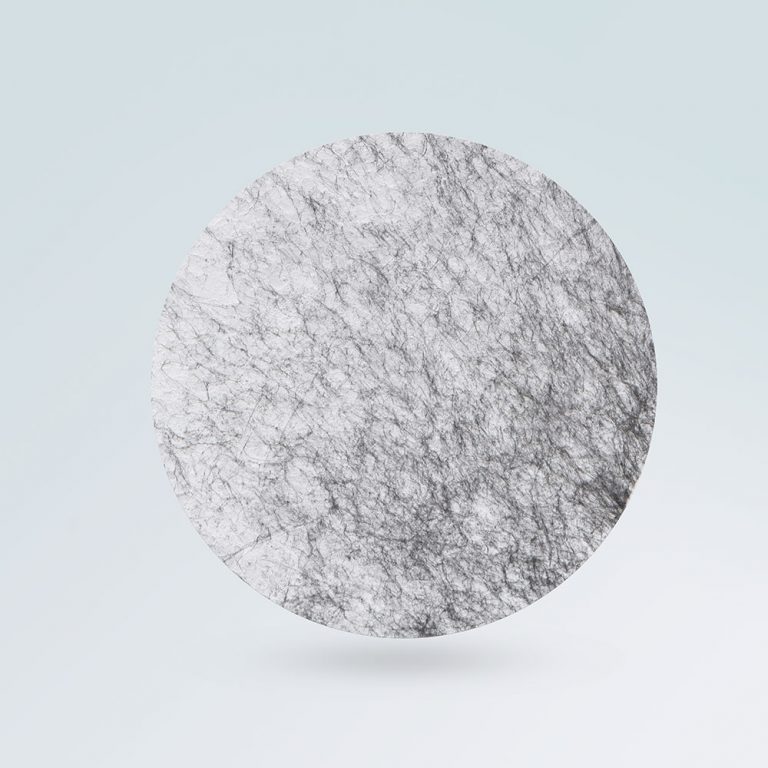Hydrogels are a biologic scaffold with a three‐dimensional structure that rapidly swells in water to form a semi‐solid. The water content of hydrogel matrices exceeds 90%, making them ideal for hydrating and maintaining a supportive (moist) environment within the wound bed. Over the past decade, there has been mounting evidence based on preclinical research findings that therapeutic hydrogels are highly effective at addressing concerns such as desiccation, bacterial infection, preventing debilitating scar formation, and promoting proper skin regeneration within the wound. Furthermore, hydrogel dressings can be kept lyophilized, making them lightweight, portable, and shelf stable. They can be unpackaged in the clinic and rehydrated in saline at the point of care for use as a wound dressing.
Our group has developed a novel pullulan‐collagen hydrogel, the TauTona Wound Dressing (TWD), with tunable, soft biomechanical properties and biocompatibility for cell‐based therapy encapsulation. We combined pullulan, a linear homopolysaccharide produced by the fungus Aureobasidium pullulans with Type 1 collagen, to develop a soft, biocompatible hydrogel that recapitulates the three‐dimensional organization of native ECM. This uniquely engineered collagen‐pullulan hydrogel confers several key advantages over traditional collagen hydrogels. First, pullulan‐collagen hydrogels have been shown to best approximate the porous ultrastructure of native skin architecture. Moreover, altering the collagen: pullulan ratio enables fine tuning of the mechanical properties such as hydrogel stiffness and effective porosity with relative ease, allowing for small molecule and/or cell therapy delivery.



